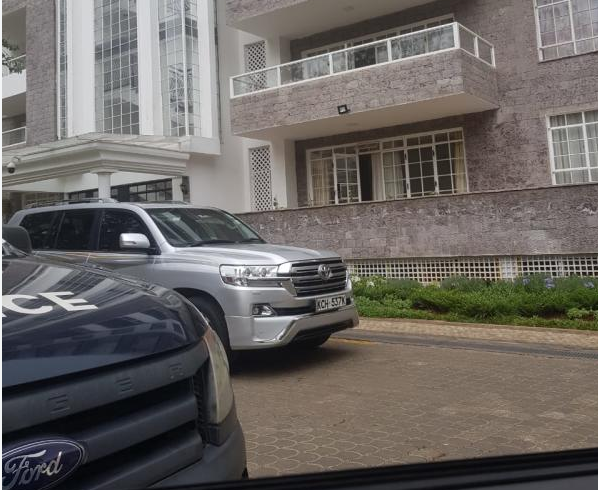
President Uhuru Kenyatta's legacy project, the Standard Gauge Railway is being powered by an army of 5,000 Chinese nationals. Among this massive workforce are civil and structural engineers, accountants, dieticians, cooks, self-taught locomotive operators as well as welders and carpenters. Their upkeep is part of the Sh1billion a month wage bill footed by the Kenyan taxpayer.
A months long investigation by The Sunday Standard has also shown that as late as last month, another batch of 168 were looking for work permits to be allowed to join their colleagues in operating the Nairobi-Mombasa railway.